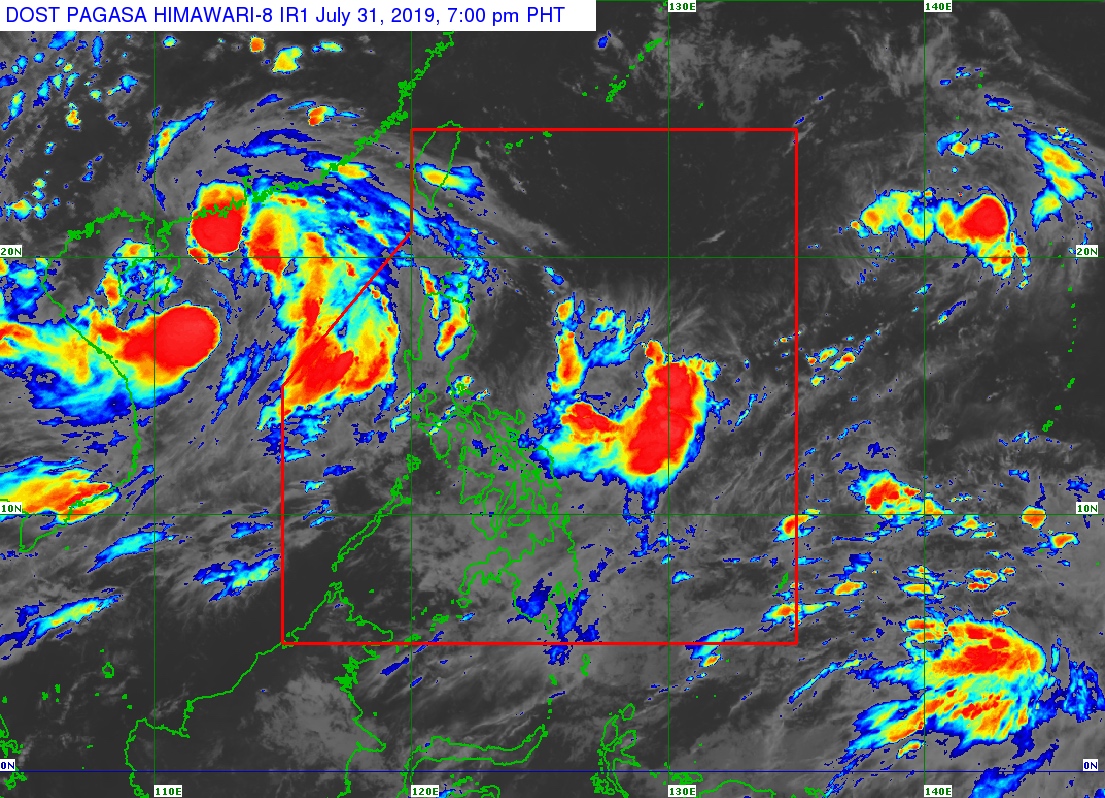SUMMARY
This is AI generated summarization, which may have errors. For context, always refer to the full article.
What’s the weather like in your area? Tweet us at @rapplerdotcom.

MANILA, Philippines – The state weather bureau is monitoring a new low pressure area (LPA), while the southwest monsoon or hanging habagat will continue to bring rain.
In a Facebook Live video at 4 pm on Wednesday, July 31, the Philippine Atmospheric, Geophysical, and Astronomical Services Administration (PAGASA) said the LPA is 550 kilometers east of Virac, Catanduanes.
The trough or extension of this LPA will trigger isolated to scattered rainshowers and thunderstorms in the following areas:
- Eastern Visayas
- Caraga
- Davao Region
Meanwhile, the southwest monsoon is still affecting the western part of Luzon. Scattered rainshowers and thunderstorms are expected in the following provinces:
- Pangasinan
- Zambales
- Bataan
For areas affected by either the LPA trough or the southwest monsoon, flash floods and landslides are possible during severe thunderstorms. (READ: FAST FACTS: Tropical cyclones, rainfall advisories)
The rest of the country will only have isolated rainshowers.
Meanwhile, there is a tropical storm with the international name Wipha, located outside the Philippine Area of Responsibility (PAR).
PAGASA Weather Specialist Aldczar Aurelio said Tropical Storm Wipha is 890 kilometers west of Northern Luzon, moving north northwest at 15 kilometers per hour (km/h).
The tropical storm has maximum winds of 65 km/h and gustiness of up to 80 km/h.
According to Aurelio, Wipha is not expected to enter PAR, as it is heading for China.
So far, the Philippines has had 7 tropical cyclones in 2019. (READ: LIST: PAGASA’s names for tropical cyclones in 2019)
The country gets an average of 20 tropical cyclones annually, but since 2019 is an El Niño year, only 14 to 18 tropical cyclones are expected.
Below is the estimated number of tropical cyclones from August to December:
- August – 2 to 4
- September – 2 to 4
- October – 2 or 3
- November – 1 or 2
- December – 0 or 1
PAGASA declared the start of the rainy season last June 14. – Rappler.com
Add a comment
How does this make you feel?
There are no comments yet. Add your comment to start the conversation.